From the clarification issued by the Hon'ble High Court, it is clear that until and unless the decision of Marilyn Shipping & Transport (supra) is reversed by the Court, it is binding on all the benches of the Tribunal. We find that Hon'ble Court has held that judicial discipline mandates that the decision of the […]
Full Judgment is attached
As per the AO the assessee did not file any details in this regard. Referring to the provisions of section 40(a)(ia) of the Act, he held that the assessee had defaulted in not deducting TDS as per the provisions of section 194C and 194J of the Act, that as per the provisions of section 40(a)(ia) of the Act the amount on which tax was deductible was not deducted or not paid within the time allowed
Detail order attached
ITAT Should Not Dispose Appeals In light hearted or casual manner
State Bank of India vs. DCIT (Bombay High Court), Income Tax Appeal N0. 1481 OF 2012, Dated : December 17, 2014
The Tribunal should pass a fresh order not only in relation to the objection raised by the Assessee to the exercise of powers under section 263 of the IT Act, but on the merits of the claim as well. Merely because such an opportunity is given by us does not mean that the Tribunal is obliged to uphold any of the grounds. It is only the partial revival of the Appeal and in the manner done by the Tribunal which has forced us to take this unusual step. We do not think that interest of justice and equity is served by non consideration of vital materials by the last fact finding authority, namely the Income Tax Appellate Tribunal. That the Tribunal was required to recall its earlier orders and for the reasons which have been assigned by it would indicate that it failed to apply its mind at the initial stage to the grounds raised in the Appeal and in their entirety. It omitted from consideration crucial documentary material as well. In such circumstances, such partial revival of the Appeal would not meet the ends of justice.
We modify the order passed on the Miscellaneous Application and direct that the Appeal shall now be heard on its own merits and in accordance with law, permitting the Assessee to raise all grounds that are to be found in the Memo of Appeal. The Tribunal shall apply its mind afresh to the contentions raised by both sides and uninfluenced by its prior observations and conclusions and dispose of the Appeal on its own merits and in accordance with law. This direction issued by us in the exercise of our further appellate and inherent powers should serve as a reminder to the Tribunal that the matters of vital importance affecting the interest of public should not be disposed of in a light hearted or casual manner. The record must be perused in its entirety and properly and minutely. That is the function and which the judicial body is required to perform and oblige to carry out as well. In these circumstances and the unsatisfactory and unhappy manner in which the Miscellaneous Application has been dealt with and decided that we have directed the revival of the Appeal. We express no opinion on the rival contentions and the Appeal shall be decided by the Tribunal on its own merits and in accordance with law, without being influenced by any observations. We further clarify that this order passed today does not oblige the Tribunal to either allow the Appeal in entirety or partially. All courses and open in law can be adopted by the Tribunal.
The Heartbreaking ?/ or SOME Truth About Indian Foods That Are Not Indian at All
Comments.....Sudhakar Rao · Author at Underscore Publications
I would not be perturbed unduly by these observations.
Depending on how far you want to go back, the Persians & Arabs would have had to wait for imports of sugar from its origin in India , to devise the sweets that India in return, received back from them.
Marco Polo brought noodles from his visit to China to introduce to Venice, from where the immense pasta varieties developed in Italy to be reintroduced into China. Commerce & mutual travel progressively brought this about.
You must have heard of the quinoa puma, connecting Peru with Southern India!
Stop worrying & enjoy living through the amalgam dishes you consume.
You've been eating and drinking them all your life without knowing the actual origins! We bet you never knew these Indian foods are not Indian at all but are a gift of foreign influences.
1. Samosa
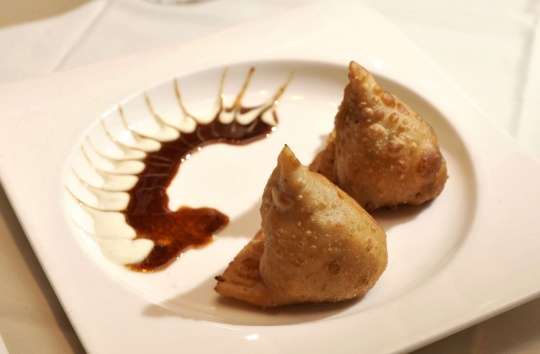
Getty
That delicious samosa you always munch on as a tea-time snack or when sudden hunger-pangs hit is not Indian at all! The triangular potato/meat-filled savoury dish that is easily found on every street-corner actually has origins in the Middle East. Originally called 'sambosa', the Indian samosa was actually introduced to the country sometime between the 13th and 14th century by traders of the Middle East. But whatever, we're just happy we get to hog these yummy yummy snacks!
2. Gulab Jamuns
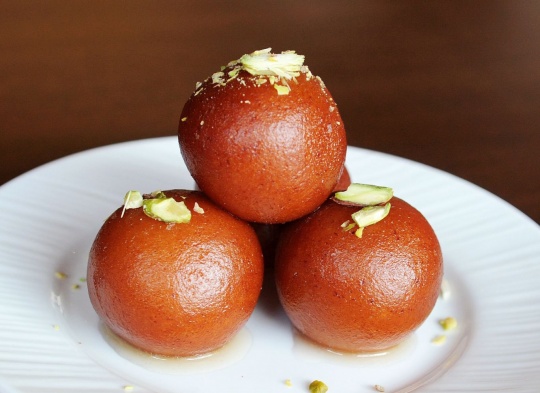
Getty
Ooh. We're sure your mouth is already watering. The very thought of these calorie-filled dough balls, deep-fried and then soaked is enough to send anyone to food heaven. And what's more, this dish is so versatile that you can enjoy it hot, cold or simply at room temperature. But the favourite Indian dessert originated in the Mediterranean and Persia. Though the original form of the dessert is called luqmat al qadi and made of dough balls deep fried, soaked in honey syrup and sprinkled with sugar, once it reached India, the recipe was modified. How we wish it was lunch-time already!
3. Vindaloo
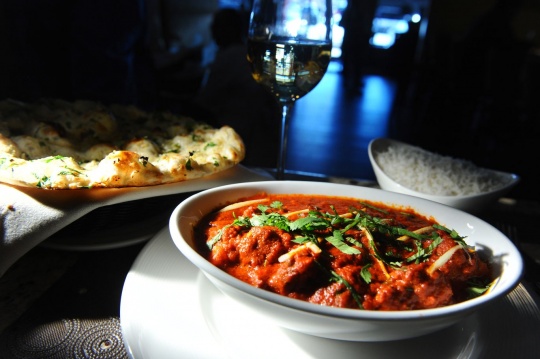
Getty
The very sound takes you to the beaches of Goa and a relaxed family lunch. But the very spicy meat curry is not Goan at all! Vindaloo has it's roots in Portuguese cuisine and it has been adapted from the very famous carne de vinha d'alhos which is the Portuguese name for Vindaloo. Originally, Vindaloo was made of wine, pork and garlic and that is how it derived it's name (vin - wine, alhos - garlic) though Indians modified it by using palm vinegar, pork/beef/chicken and multiple spices. Though the original recipe does not use potatoes, Indians modified the recipe further by using potatoes as the word "aloo" in Vindaloo means potato in Hindi. Now you know where that sudden piece of potato popped up from between those meat chunks.
4. Shukto
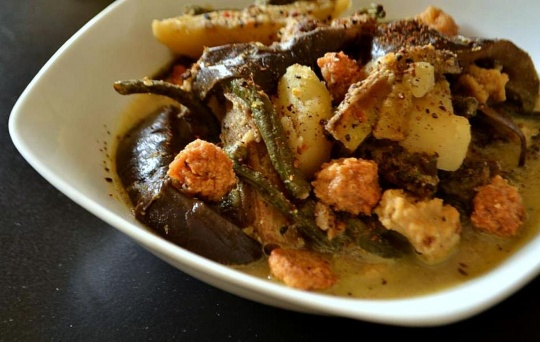
Mix and Stir
This mouth-watering Bengali delicacy is another surprise which has it's origins in Portuguese cuisine. The Portuguese influence extended all the way from Goa to Eastern Bengal or Bangladesh and the influences are visible in Bengali food even today. Shukto is prepared from Karela or Bitter Gourd which is Indian in origin but was prepared by the Portuguese in olden days. Slowly, Indian influences like multiple other vegetables and a dash of milk/sweet to cut the spice were added to the dish. Just be happy you get to savour this amazing dish today!
5. Chai
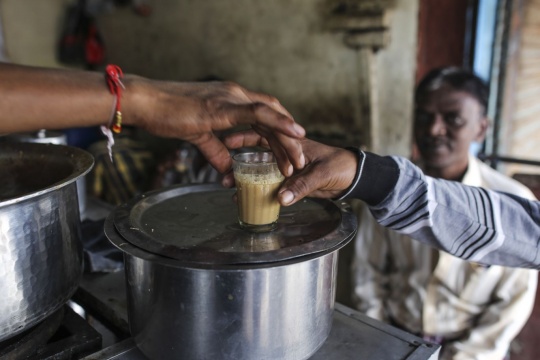
Getty
The unassuming comfort drink of almost every Indian is in no way true desi. Famous the world over as chai (Starbucks has a Chai Latte on their menu), tea has it's origins in China. While the Chinese used it as a medicinal drink, the Britains soon discovered it and loved it's versatile nature. Now, the British being British wanted to cut China's monopoly in the tea market. So, they brought the humble 'chai' to India (by teaching cultivation techniques to the tribals in North-East India plus offering incentives to Britons who wanted to cultivate in India). And it has been a part of India ever since! In fact, it was only in the 1950s that tea became so popular. Now, don't suddenly look down into that cup you're sipping from while reading this!
6. Dal Bhaat
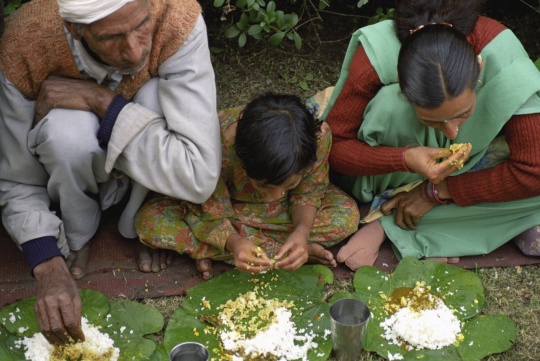
Getty
Dal Bhaat or Dal-rice is a comfort food all over India. There are even variations of this food like the Khichdi which are very popular among Indians. Though dal bhaat seems like a very simple, Indian dish, it is not Indian at all. Dal bhaat is actually of Nepali origin and it was through North Indian influences that the dish entered India and spread throughout the region. We're sure you're going to dream of the Himalayas the next time you're eating this simple food!
7. Rajma
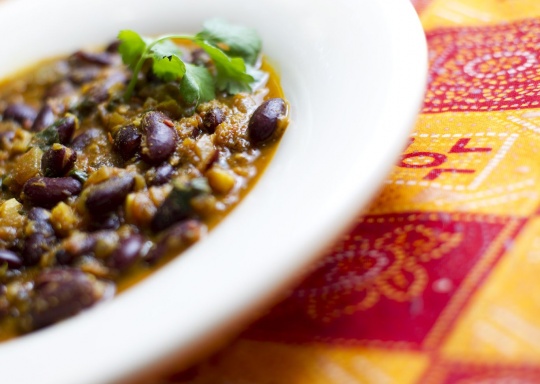
Getty
Rajma chawal has quickly spread from being a North Indian staple to being loved by most Indians. The dish which is as popular as the North Indian chole-bhature is a wholesome meal in itself. However, the preparation of Rajma or the kidney bean in Rajma chawal is not Indian. The bean was brought to India through Central Mexico and Guatemala. The initial preparation or soaking and boiling the beans and adding a few spices is adapted from Mexican recipes. Rajma is a staple in Mexican diet even today though it's Indian variants are quite different from the Mexican preparations. The bean and recipes prepared using Rajma are famous in North India and the locals often add Indian spices and vegetables like onions and tomatoes to make it tangy. Cool, isn't it?
8. Bandel Cheese
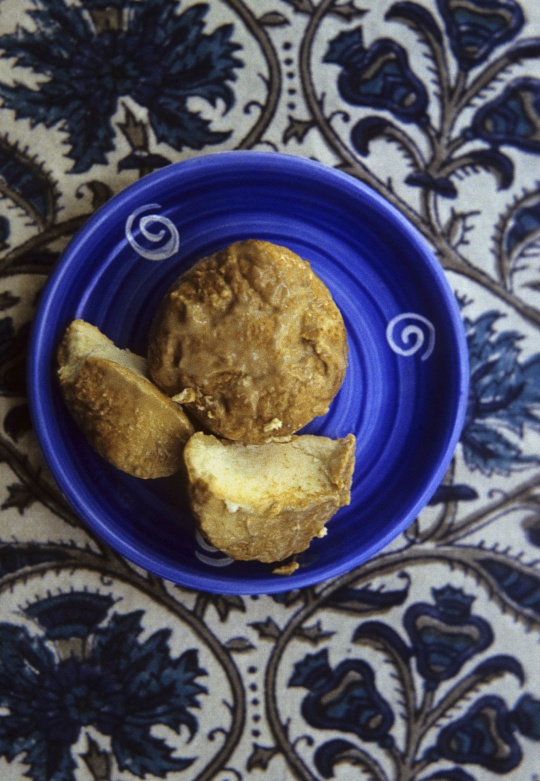
Getty
This is another staple Bengali dish which has Portuguese influences. While the cheese was developed in India and has it's origins in Eastern India, it was created by the Portuguese using their own techniques for making cheese and breads. The cheese which has developed into a wide variety today was originally available in just one variety. Over time, people experimented and created the smoked flavor of Bandel cheese. It was the fermentation techniques of the Portuguese that helped developed this cheese and in the olden days, it was made by Burmese cooks under Portuguese supervision.
9. Naan
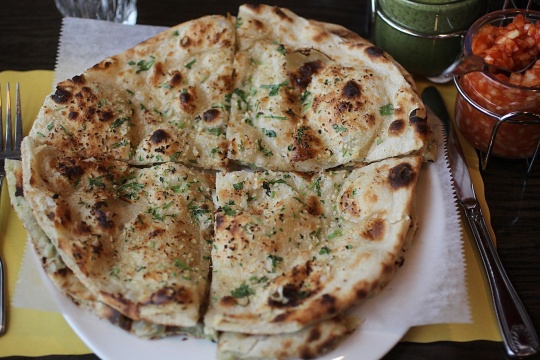
Getty
This is one dish that is loved all over the world. A type of leavened bread, Naan is a staple of North India and is available in almost all North Indian restaurants across the country. The Americans and Europeans have recently discovered the joys of this bread and love pairing it with their chicken tikka. However, naan is not Indian but was brought to India during the Mughal era. Naan has it's roots in Persian cuisine though the form of leavened bread is actually Iranian. The soft, melt-in-the-mouth bread is surely a favourite but trying different forms with rose-water, khus or stuffed naan might actually tingle your taste buds!
10. Jalebi
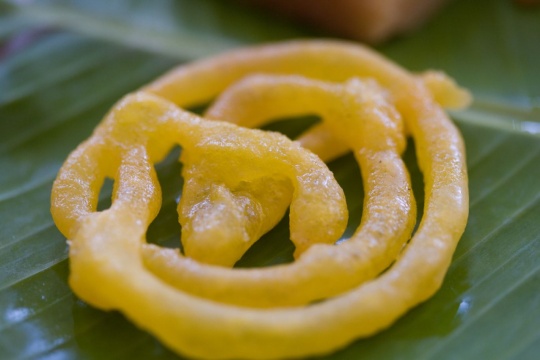
We even have an item number associated with this delicious sweet! How can it not be Indian? But it isn't. Jalebi is actually from the Middle East though different variations of the sweet were found across different Asian regions. Originally called zalabiya (Arabic)or the zalibiya (Persian), the dish was brought to India by Persian invaders. Today, the dessert Jalebi is famous all over the country in different forms. While North India loves their thin and crispy jalebis, the South Indian version consists of thicker and have a slightly different shape. Jaangiri and Imartee are variations of the Jalebi. Wow! So many variations of just one sweet. No wonder you thought it was Indian!
11. Filter Coffee

"What?", you say, "How can Filter coffee not be Indian? Well, filter coffee became popular in India pretty late, in the 1950s, around the same time Chai began to get traction. Coffee was not a part of India till the 16th century when it was smuggled into the country, by Baba Budan, on his pilgrimage to Mecca. On returning, he cultivated coffee and the drink soon became popular. Indians would drink coffee without milk or sugar in place of liqueur. Filter coffee was popularised by Coffee Cess Committee when they set up their first Coffee House in then Bombay in 1936. So much information! Time for a kaapi break?
Never be too proud of who You are & What Position you Hold Because After a Game of Chess The King & The Pawns are tossed Into The Same Box !
__._,_.___


No comments:
Post a Comment